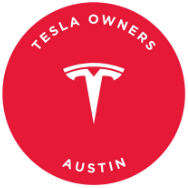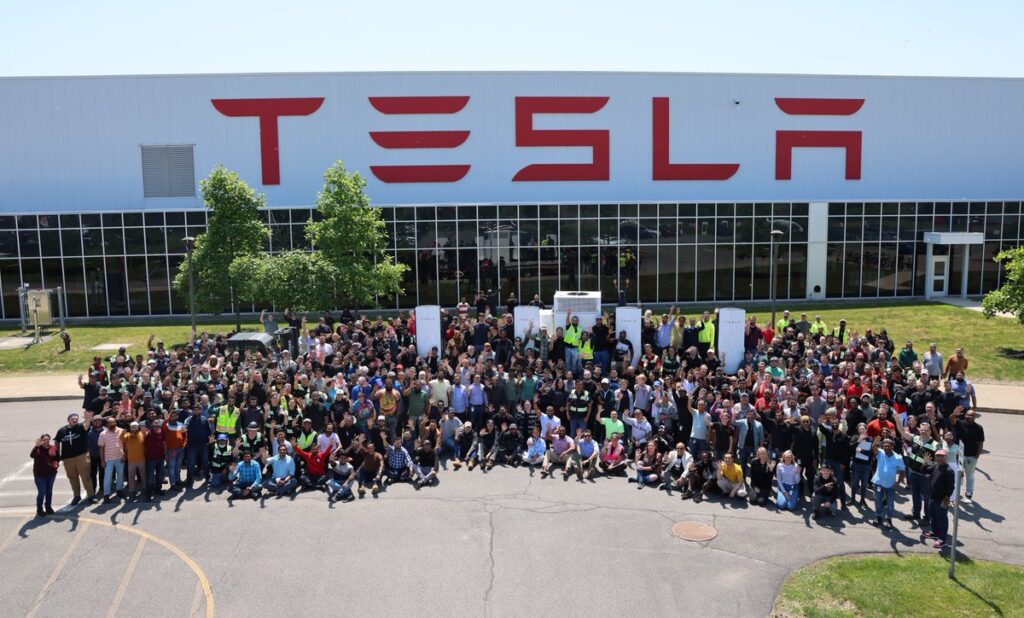Tesla has reached a significant milestone in its global charging infrastructure efforts by producing its 25,000th V4 Supercharger stall. This achievement solidifies Tesla’s position as a leader in high-speed EV charging deployment.
In a tweet, Tesla Charging announced, “Superchargers are made in America. Congrats Giga New York on building the 600th PSU (Pre-assembled Supercharging Unit) & the 25,000th V4 Supercharger post!”
This latest accomplishment follows Tesla’s recent celebration of installing its 70,000th Supercharger stall worldwide, up from 50,000 in September 2023. The Supercharger network continues to expand rapidly across North America, Europe, and Asia, both at Tesla-owned sites and partner locations.
The V4 Superchargers represent Tesla’s most advanced charging standard, offering up to 350 kW of charging power, improved cooling, and a longer cable length to accommodate non-Tesla EVs with charging ports in different locations. Tesla has already started deploying V4 Superchargers with contactless credit card readers in select markets, in compliance with new European regulations and to enhance the user experience for non-Tesla drivers.
The V4 format also sets the stage for future capabilities, such as megawatt charging for vehicles like the Cybertruck and Tesla Semi. While current public units are mainly limited to around 250 kW output, Tesla is expected to introduce its V4 Supercharger cabinets later this year, providing even more power and enabling faster deployments.
With production taking place at Gigafactory New York, Tesla is emphasizing domestic manufacturing to support the global expansion of its Supercharging infrastructure. As more automakers adopt Tesla’s North American Charging Standard (NACS) and more non-Tesla EVs gain access to Superchargers, V4 units will play a crucial role in scaling universal, reliable fast-charging across the EV ecosystem.
Tesla’s rapid charging expansion demonstrates its commitment to staying ahead in the EV charging arms race. The company’s relentless pursuit of innovation and efficiency in charging technology continues to push the boundaries of what is possible in the electric vehicle industry.

